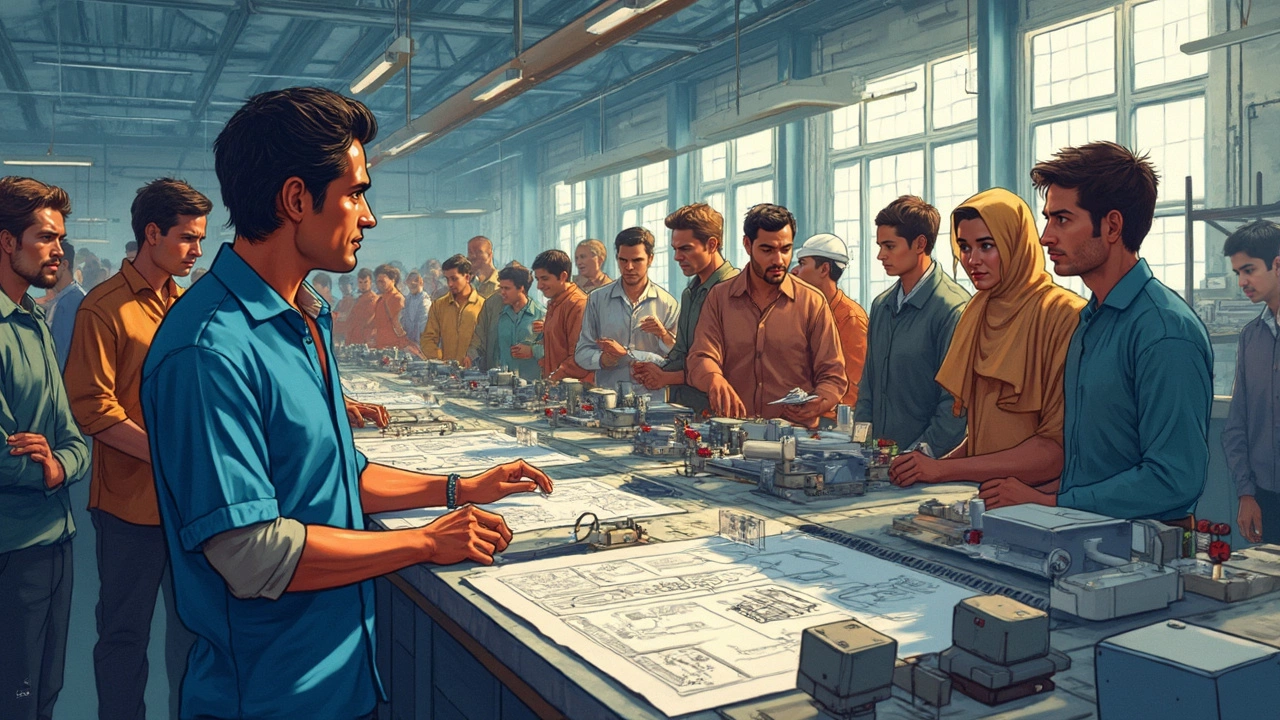Manufacturing Industry in India: Trends, Challenges, and Opportunities
Did you know that manufacturing now accounts for over 15% of India’s GDP and employs millions across the country? That number is soaring thanks to new policies, tech upgrades, and global demand. If you’re wondering how this sector works and where the next big chance lies, you’re in the right place.
Key Growth Drivers
First up, government schemes like Make in India and Production Linked Incentive (PLI) are pumping cash into factories, especially in high‑tech fields. These programs lower the cost of setting up a plant and give tax breaks that make overseas investors sit up and take notice. Second, digital tools – from IoT sensors to cloud‑based ERP – are turning old‑school factories into smart hubs that cut waste and boost output. Finally, the rise of export markets for items like pharma, electronics, and textiles is opening new doors for small and medium players who can meet international standards.
Profitable Sectors to Watch
Not every manufacturing niche delivers the same margin. According to our recent guide on the "Most Profitable Manufacturing Industries in 2025," pharma, electronics, and specialty chemicals lead the pack with profit margins well above 20%. The pharma sector, in particular, is booming – the "Top 10 Pharma Labs in India" article shows how local labs are gaining FDA approvals and exporting worldwide. Plastics manufacturing also remains strong, especially for recycled and sustainable products, as highlighted in the "Best Plastic Companies 2025" roundup.
If you’re thinking about starting small, micro‑manufacturing or cottage‑industry models can be a smart entry point. Our piece on "What Is Small‑Scale Manufacturing Called?" explains terms like micro, small‑batch, and job shop, plus a quick checklist for getting off the ground with minimal capital.
Supply chains matter too. Knowing where raw material comes from can save you time and money. The article "How Manufacturers Source Plastic Raw Materials for Production" walks you through the whole journey from polymer pellets to finished parts, helping you pick reliable suppliers.
Challenges are real, though. Skill shortages, fluctuating energy costs, and regulatory hurdles can slow growth. To tackle talent gaps, many firms are partnering with technical institutes for on‑the‑job training. Energy-wise, switching to solar or captive power plants is becoming a cost‑effective option for larger units.
For SMEs, leveraging government incentives can be a game changer. Start by registering with the Ministry of Micro, Small, and Medium Enterprises (MSME) to unlock subsidized loans and priority procurement slots. Then, use digital tools like free inventory‑management apps to keep overhead low.
Looking ahead, the next five years will likely see a push toward green manufacturing. Regulations are tightening around emissions, and customers are demanding eco‑friendly products. Companies that invest now in waste‑reduction technologies and circular‑economy models will enjoy a competitive edge.
Bottom line: India’s manufacturing industry is a mix of fast‑growing sectors, supportive policies, and evolving technology. Whether you’re an entrepreneur eyeing a new venture, an existing factory looking to upgrade, or an investor hunting for the next big return, understanding these trends will help you make smarter decisions. Dive into our detailed posts for deeper data, case studies, and step‑by‑step guides that can turn insight into action.

Understanding the 3 Main Types of Manufacturers: OEM, ODM, and Contract Manufacturers
Get the real scoop on OEM, ODM, and contract manufacturers. Learn what makes them different, when to pick each, and how the right type can make or break your product.
Read More